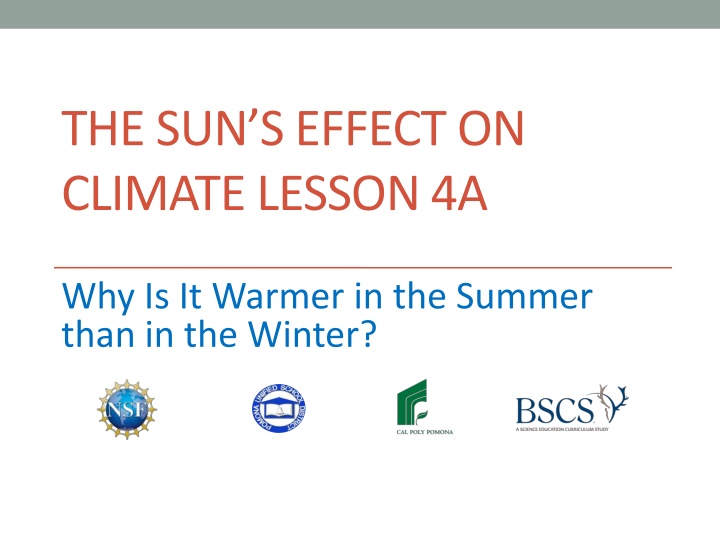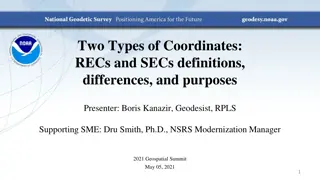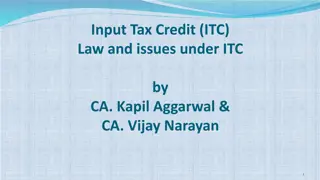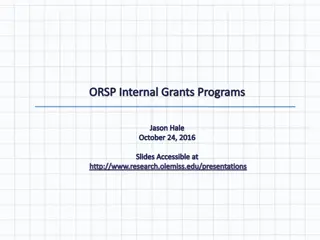
Understanding the Impact of Solar Angle on Earth's Seasons
Explore the Sun's effect on climate and temperatures on Earth in this engaging science lesson. Discover why it's warmer in summer than winter through observations about sunlight angles, Earth's orbit, and temperature patterns. Engage in activities to deepen your understanding of this concept.
Download Presentation

Please find below an Image/Link to download the presentation.
The content on the website is provided AS IS for your information and personal use only. It may not be sold, licensed, or shared on other websites without obtaining consent from the author. If you encounter any issues during the download, it is possible that the publisher has removed the file from their server.
You are allowed to download the files provided on this website for personal or commercial use, subject to the condition that they are used lawfully. All files are the property of their respective owners.
The content on the website is provided AS IS for your information and personal use only. It may not be sold, licensed, or shared on other websites without obtaining consent from the author.
E N D
Presentation Transcript
THE SUNS EFFECT ON CLIMATE LESSON 4A Why Is It Warmer in the Summer than in the Winter?
Review: The Suns Effect on Climate Let s review what we ve learned so far about the Sun s effect on climate and temperatures on Earth. (Use complete sentences!) Lesson 1: What temperature patterns did we observe from the bar graphs in this lesson? Lesson 2: How does the angle of sunlight affect temperatures on Earth? Lesson 3: How did our model of Earth s orbit around the Sun help us understand seasons?
Lesson Focus Question Why is it warmer in the summer than in the winter? Copy this question into your science notebook and draw a box around it. Then write down some initial ideas for answering this question based on what you ve learned so far. Make sure to explain your thinking!
Review: Earths Orbit around the Sun Watch and listen carefully as your classmates demonstrate Earth s orbit around the Sun and the four positions from yesterday s lesson. Do you agree or disagree with this model of Earth s orbit? Why? What would you add or change to make the simulation more scientifically accurate?
Review: Earths Orbit around the Sun Compare our Earth-Sun model from yesterday s lesson with the diagram from lesson 2 showing the Sun s rays hitting Earth s surface at different angles based on latitude. What s different about the position of Earth in these two models?
Your Predictions Do you think the tilt of Earth on its axis will change whether sunlight will strike Earth s surface more directly or at an angle? I predict that Earth s tilt [will change/will not change] whether sunlight will strike Earth s surface more directly or at an angle. My evidence is ___________.
The Angle of Sunlight and Seasons on Earth Purpose: This activity will help us collect evidence to answer our focus question: Why is it warmer in the summer than in the winter?
The Angle of Sunlight and Seasons on Earth The task: As Earth orbits the Sun, describe what happens to the angle of sunlight hitting Earth at different times of the year. Focus your attention on the effect of Earth s orbit and axis tilt. Be prepared to share your ideas.
The Angle of Sunlight and Seasons on Earth 1. Follow the directions on handout 4.1 (The Angle of Sunlight and Seasons on Earth). 2. Work together to collect the data and then record this information on your own data tables (handout 4.4). 3. I will distribute other handouts when your group is ready for them.
Todays Focus Question Why is it warmer in the summer than in the winter? Using the data from your data table and what you ve learned in previous lessons, work together as in your small group to develop an answer to this question. Then write this answer in your science notebook.
Lets Summarize! Key science ideas from lesson 1: Temperatures vary by latitude. In general, it s warmer closer to the equator and cooler farther from the equator. What was our evidence for this?
Lets Summarize! Key science ideas from lesson 2: Earth s curved surface causes sunlight to strike Earth at an angle above and below the equator. When sunlight hits Earth more directly, the light energy (solar radiation) is more concentrated and intense, and Earth s surface will warm up more. When sunlight hits the surface at an angle, the light energy is more spread out and less intense, and the surface doesn t warm up as much. What was our evidence for this?
Lets Summarize! Key science ideas from lesson 3: The tilt of Earth s axis always points in one direction toward the North Star. This consistent tilt produces opposite seasons in the Northern and Southern Hemispheres. When it s summer in the Northern Hemisphere, it s winter in the Southern Hemisphere, and vice versa. What was our evidence for this?
Next Time Do you think Earth s tilt has anything to do with why it s warmer in the summer than in the winter? Let s find out!






















